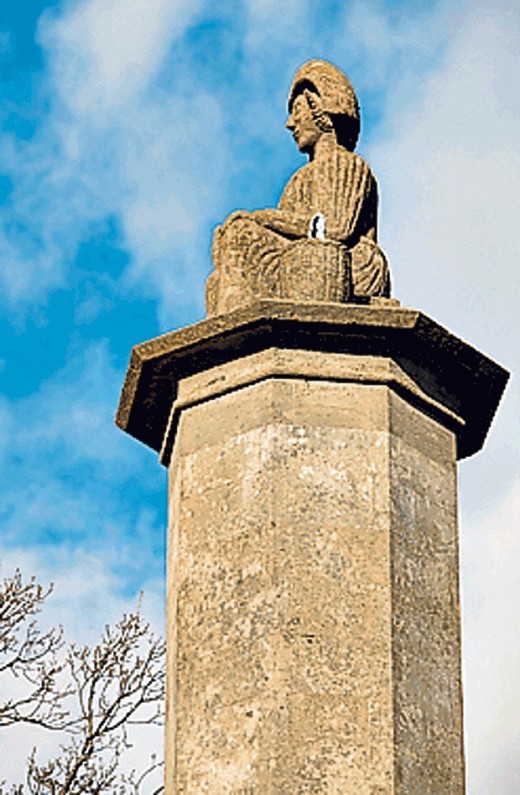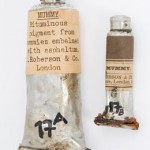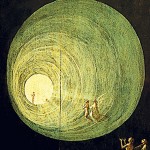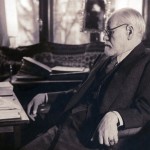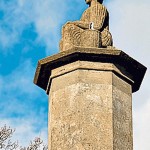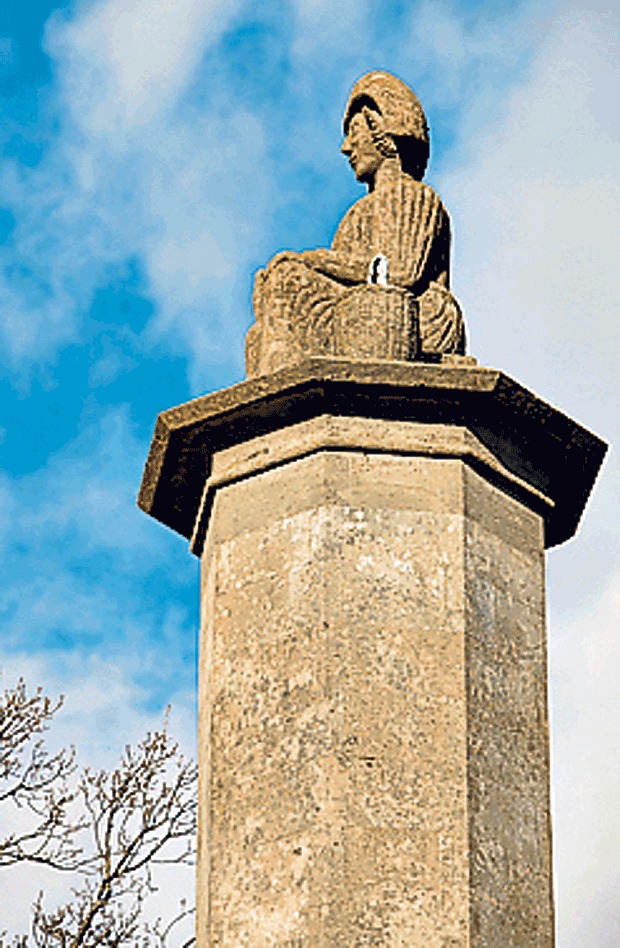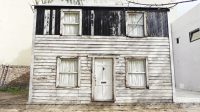building Bridges Over bothered Waters To the following World
600 years in the past our ancestors thought good works have been to feed the hungry, talk over with prisoners – and build bridges

The give way of the bridge at Tadcaster, caught on video, was once a memorable emblem of the tip-of-12 months floods. The tremendous 18th-century bridge, listed architecturally in 1985, was once built of the limestone noted by way of the Romans after they got here.
there’s something good in building bridges, even holy, to guage by using the best way it has been handled up to now. Roman emperors called themselves Pontifex, the title of a high priest, adopted in Christian times by using bishops and popes. however the charitable bridge-constructing in the middle a long time was no artificial antiquarianism.
i’ve just been studying about this in Sally Badham’s new ebook in search of Salvation, a neatly-judged, immensely knowledgeable survey of the way of commemorating the dead in the late-medieval English parish. It deserves wider consideration, however on bridges alone it’s interesting.
beyond trying useful highways for themselves, to be left for his or her neighbours’ use, medieval benefactors have been eager to motivate folks to hope for them, in existence and particularly after loss of life, when petitions to God on their behalf could shorten their time in purgatory en route to heaven.
Few bridge-builders succeeded in leaving their names to posterity so well as Maud Heath. In 1474, she provided for the building a 4-mile causeway from Bremhill to Langley Burrell, raised above the flood undeniable of the Avon on brick arches. It used to be the trail she took a number of days per week to Chippenham market, the place she sold eggs. Her deed of endowment “for the nice of visitors did bestow in land and homes the sum of eight pounds a 12 months forever to be laid out” on sustaining the causeway.
It says one thing concerning the stability of England that the charity she based still keeps up the pathway. An inscribed stone pronounces: “From this hill starts the praise / Of Maud Heath’s gift to these Highways”. In 1838, the third Marquess of Lansdowne, a baby-kisser and native landowner, erected a pillar bearing a statue of Maud Heath and her basket, with verses under that include the couplet: “Christian wayfarer in a world of strife / Be still and believe the path of lifestyles.” The sensibility could be that of the early nineteenth century, but the thought do not need been overseas to a late‑medieval pilgrim.
Sally Badham cites a center English poem, The Orchard of Sion, which develops an idea of St Catherine of Siena (1347-eighty) of Christ himself as a bridge. Eamon Duffy, within the Stripping of the Altars (1992), warns towards relating to legacies to bridge-building as proof of any late-medieval secularisation. It had a standing as a good work (which might gain a church indulgence, the remission of penance due for sin, as within the case of donors for the constructing of a bridge in 1233 at Wetherby, over the river Wharfe like Tadcaster’s), almost on a degree with the corporal works of mercy such as feeding the hungry or travelling prisoners.
Bridges ceaselessly had a chapel. Walter Gervas, ahead of his death in 1258, left cash for a bridge at Exeter, asking that his spouse, father and mother will have to be remembered at an annual service in the bridge chapel celebrated with the aid of a special chaplain. Such chapels survive at Wakefield, Bradford-on-Avon and St Ives, Huntingdonshire.
The bridge chapel at Rochester once held an inventory of benefactors, starting with Sir John Cobham in 1391. though his bridge used to be demolished in 1856, with the assist of the Royal Engineers, to make means for a bridge of iron to let thru river visitors in the age of steam, the Rochester Bridge belief that he arrange exists still, even though no one is now enjoined to wish for his soul.
600 years ago our ancestors concept good works have been to feed the hungry, seek advice from prisoners – and build bridges
Telegraph Columnists: daily opinion, editorials and columns from our big name writers
(11)

